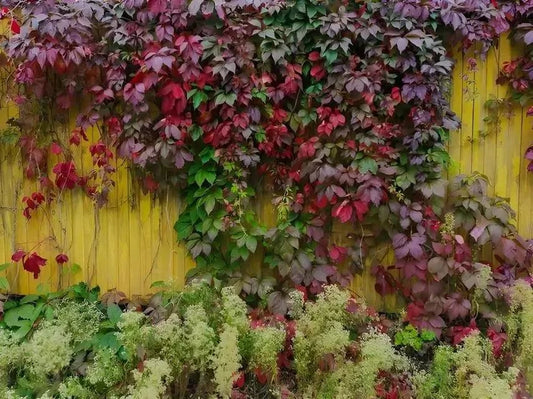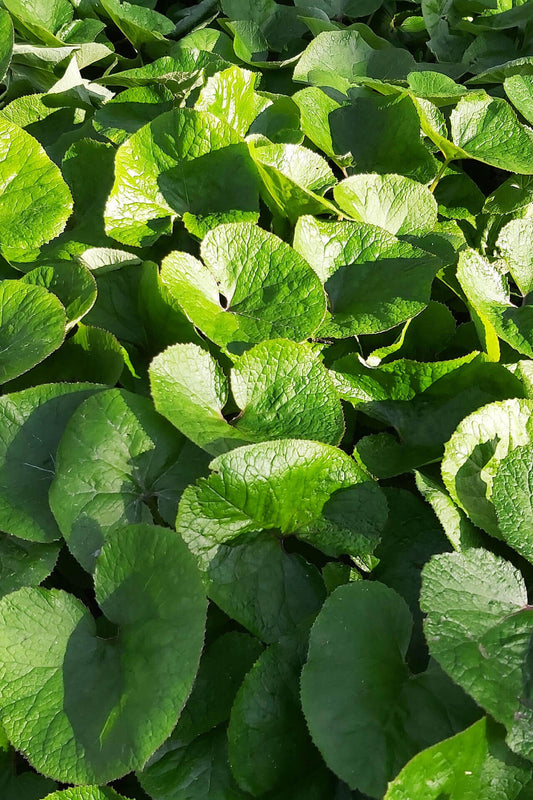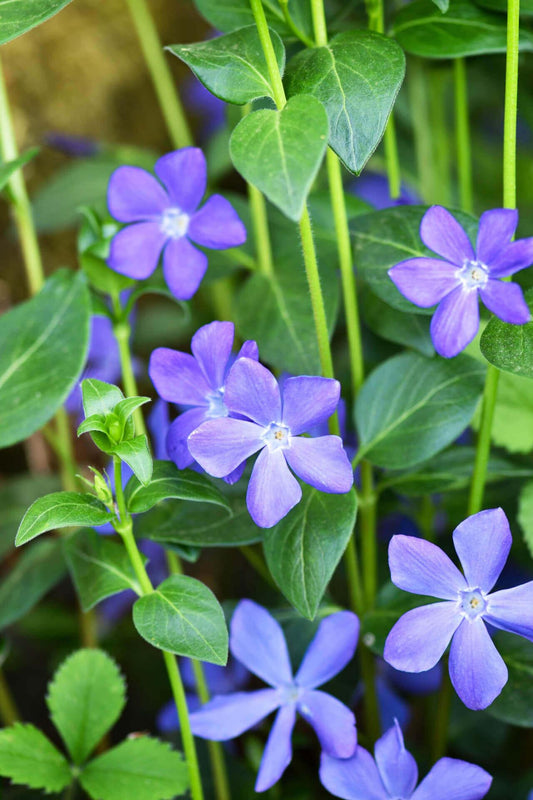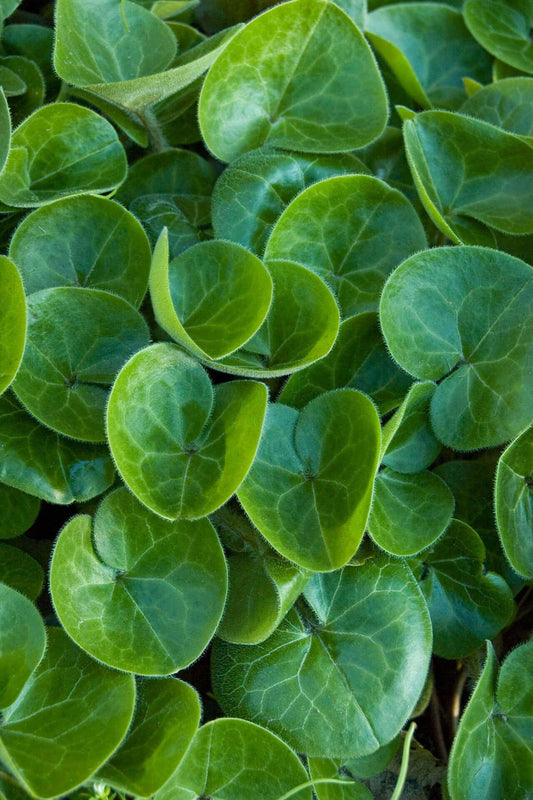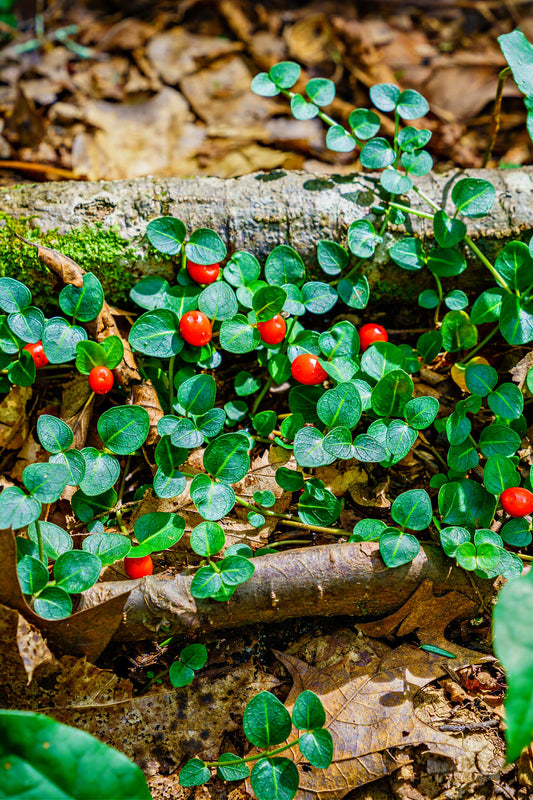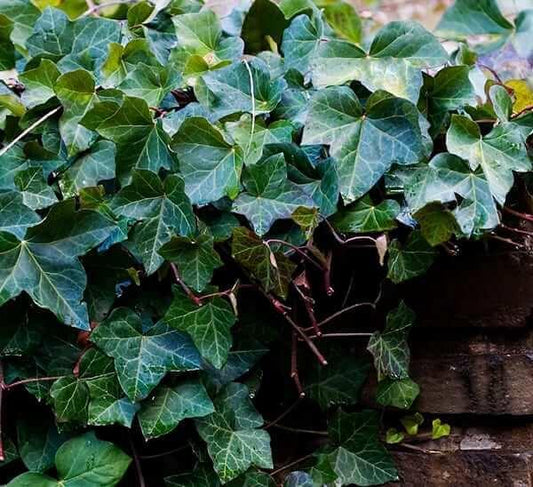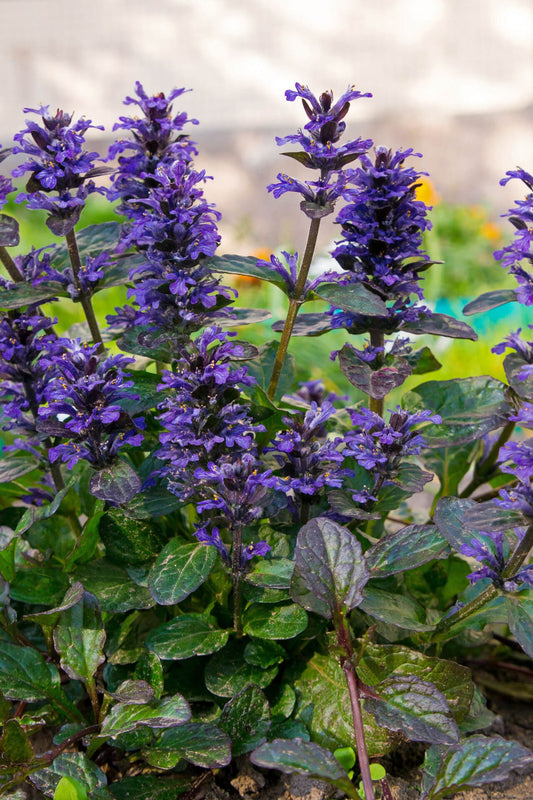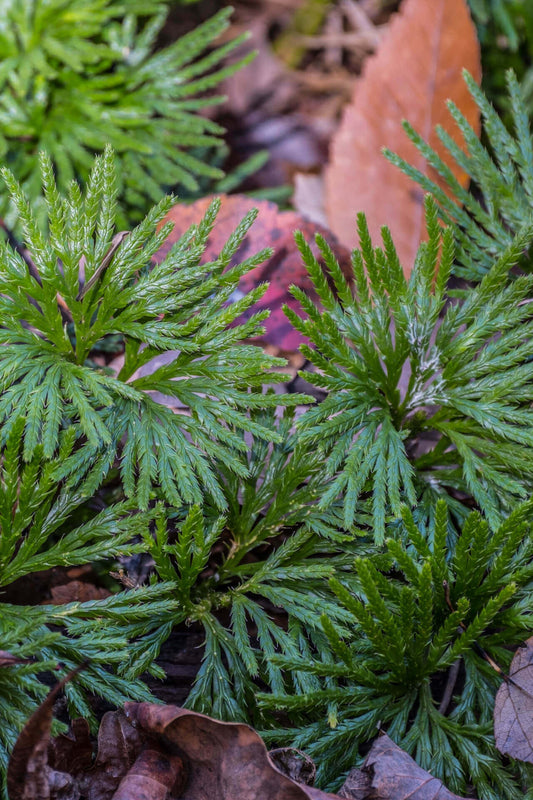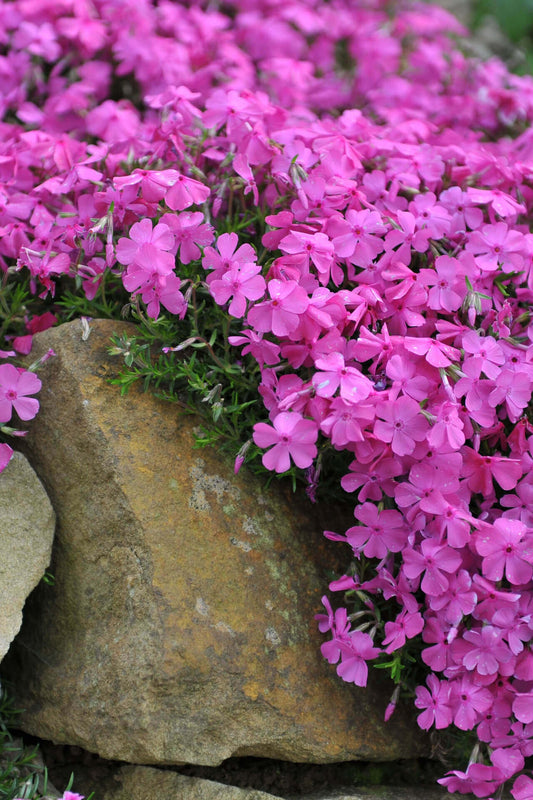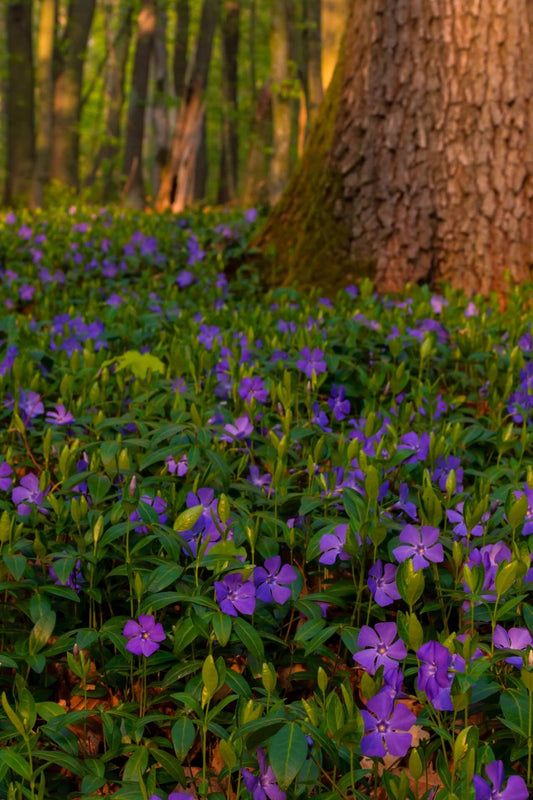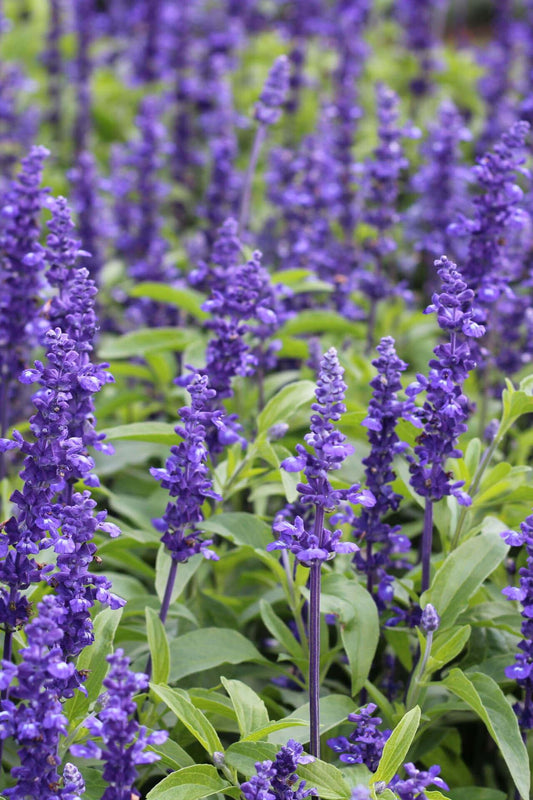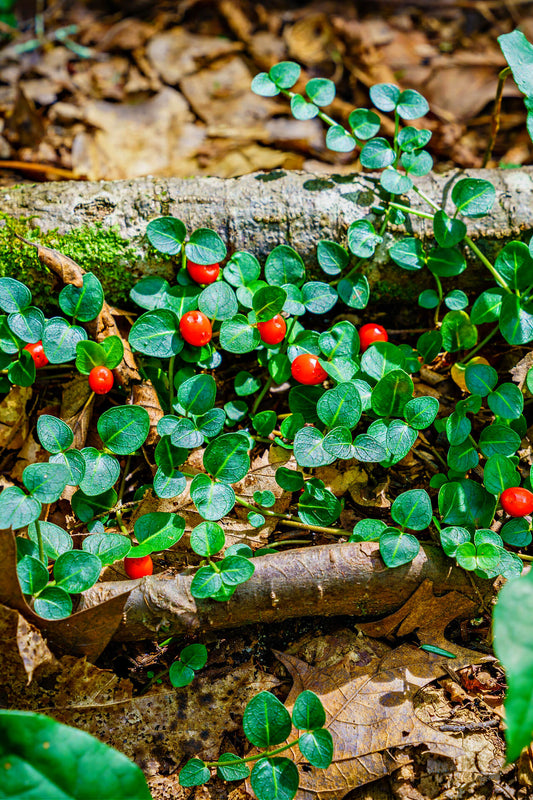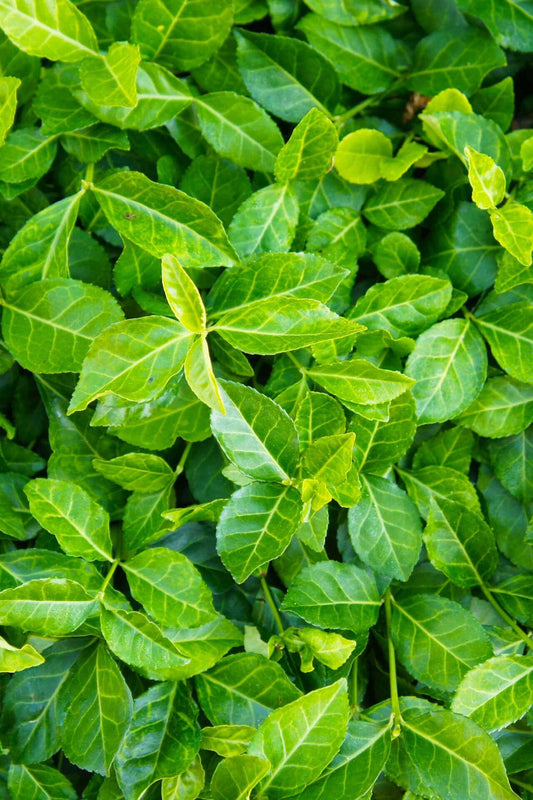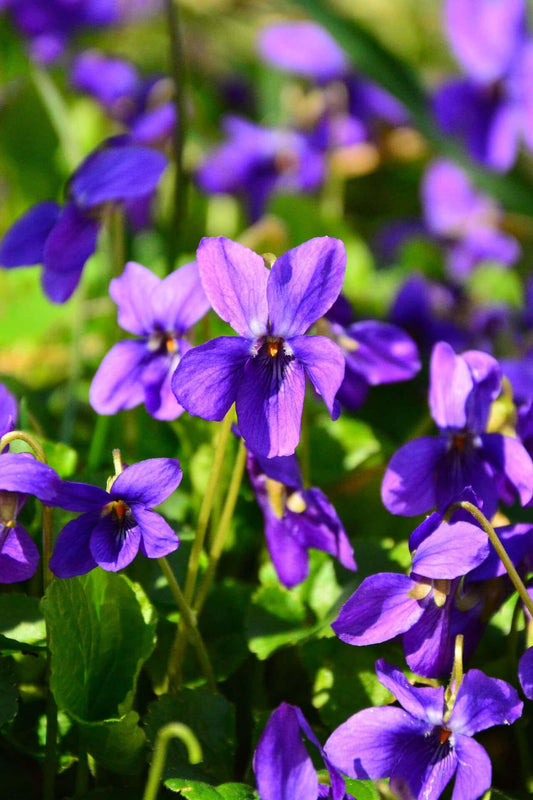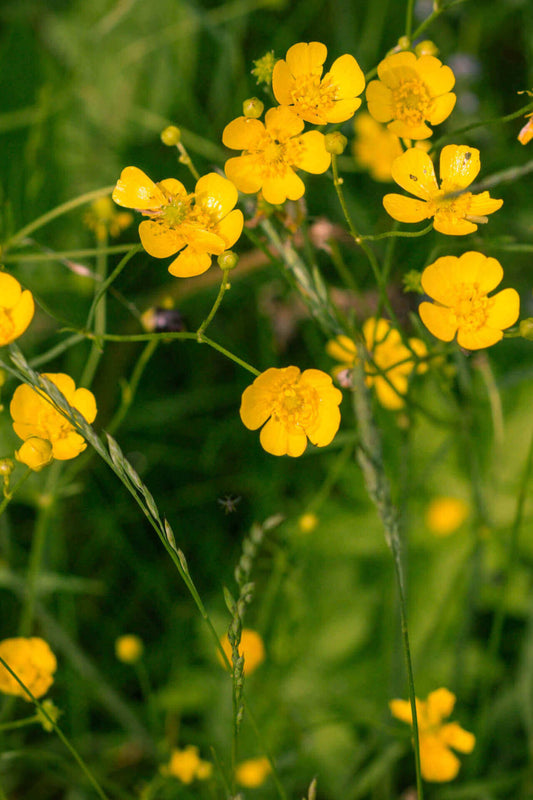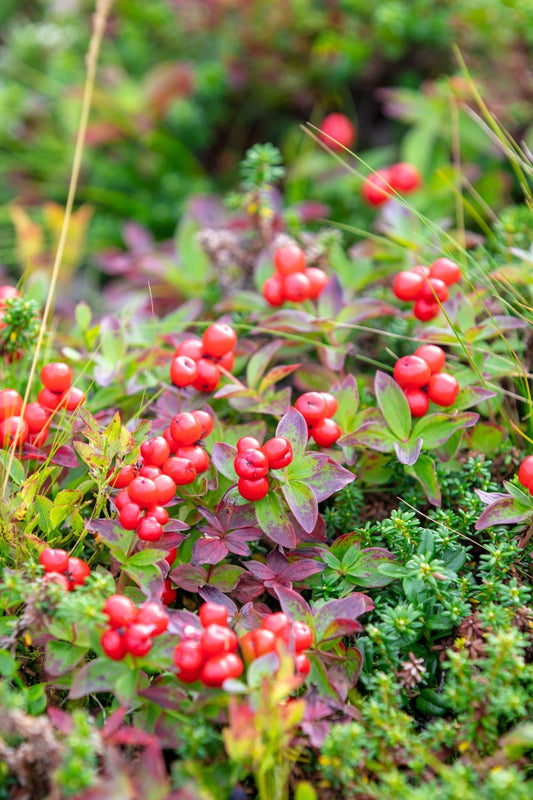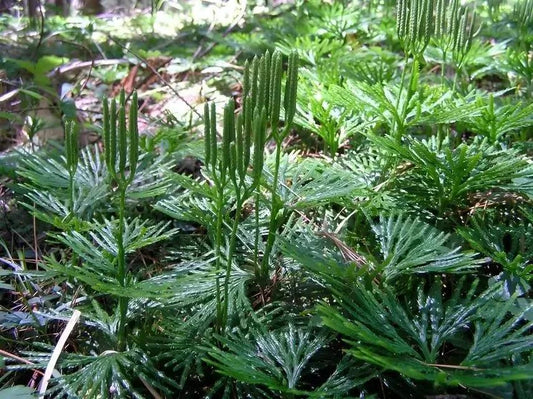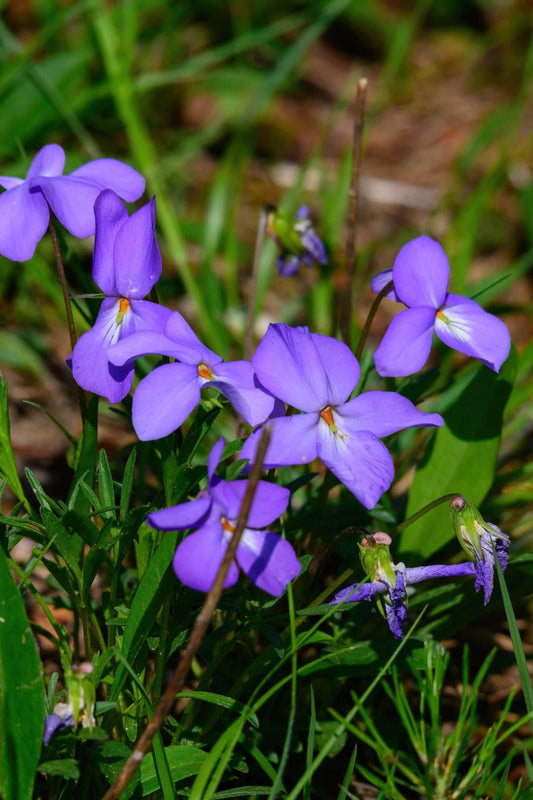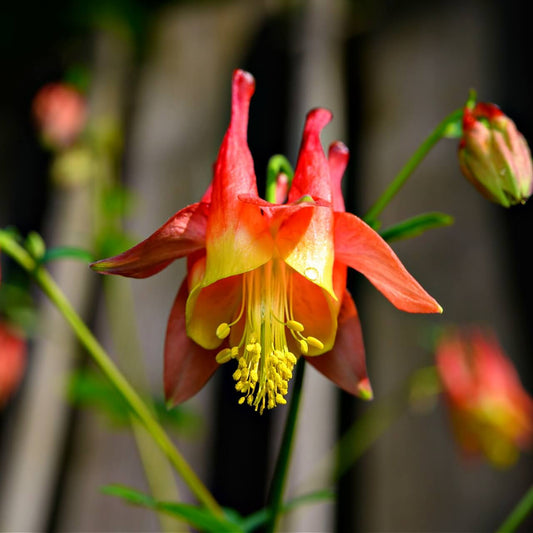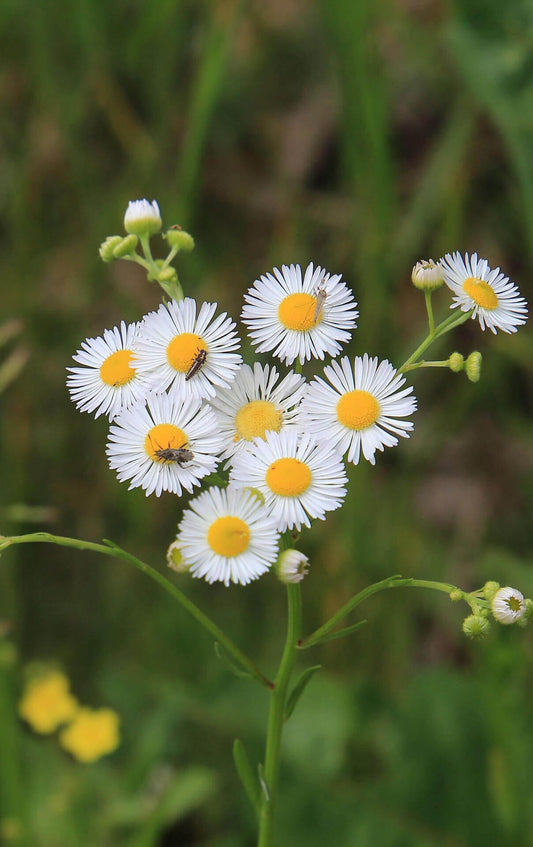✨ Buy One, Get One Free ✨
Detailed Description
Easy Groundcovers To Grow
Groundcovers are especially important in the late fall and early winter to provide a soft, leafy place to walk -- and they're also easy to grow! Whether you're looking for a low-maintenance ground cover like English ivy or vinca minor, or prefer something creeping, like Mitchella Repens or Ajuga Reptans. Keep your garden exciting and easy to maintain this winter with these tried-and-true plants.
English Ivy (Hedera helix) and evergreen ground cover p...
Easy Groundcovers To Grow
Groundcovers are especially important in the late fall and early winter to provide a soft, leafy place to walk -- and they're also easy to grow! Whether you're looking for a low-maintenance ground cover like English ivy or vinca minor, or prefer something creeping, like Mitchella Repens or Ajuga Reptans. Keep your garden exciting and easy to maintain this winter with these tried-and-true plants.
English Ivy (Hedera helix) and evergreen ground cover plant
The leaves of English ivy are lobed, shiny, and dark green. It proliferates, spreading by trailing stems that root where they touch the ground to form new plants. English ivy is best used at the base of walls and as a ground cover for shady areas. It's perfect for covering slopes or adding color to rock gardens or plantings along paths since it doesn't need much sun. Grow it in moist soil in a partially shaded spot for best results. Keep in mind that it can spread over a large area. Prune out the tips of vines to control growth.
Vinca minor (Periwinkle)a flowering and evergreen ground cover
Vinca minor is a beautiful ground cover with dark green foliage and jagged edges. The plant has trailing stems that root along the ground's surface, forming new plants nearby. It is well known for its growth habit and ability to spread over a large area. If planted with other colorful plants, its dark green foliage can be used in a shady area, creating a cheerful color scheme. Vinca minima are also deer-resistant.
Mitchella Repens is an easy ground cover plant to grow
Machella repens is a low-growing groundcover that spreads by rhizomes. The plant has narrow, creeping stems that root along the soil's surface, forming new plants nearby. The margins of the leaves are slightly undulating, and the basal area is slightly furrowed. You can use this ground cover in a shady area if you are looking for a light green covering while also providing some protection from heat, wind, and cold. It's also deer resistant.
Ajuga reptans is also known as the bugleweed plant
Ajuga reptans is a creeping ground cover with dark green, oval-shaped leaves. It grows up to 5 feet long, has trailing stems that root along the surface of the ground, and forms new plants in a mass. Arrowheads have thick stems with few hairs and are less prone to bug damage and disease than other groundcovers. This plant does great in well-drained soil with full sun or light shade and is deer-resistant.

